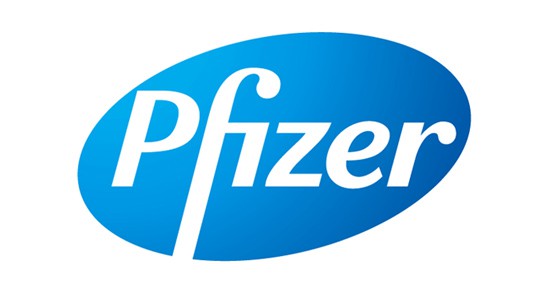
Pfizer’s Vizimpro, a drug that could challenge AstraZeneca’s fast-growing Tagrisso in lung cancer, has been approved for marketing by the European Commission.
Vizimpro (dacomitinib) has been approved in the EU as a first-line, single-agent therapy for locally advanced or metastatic EGFR-positive non-small cell lung cancer (NSCLC), a similar indication to that cleared by the FDA last September.
Dacomitinib has been held up on its way to market significantly, mainly because two phase 3 trials of the drug reported in 2014, which assessed the drug as a second- or third-line treatment option in NSCLC, failed to hit the mark.
Undeterred, Pfizer ran a third trial called ARCHER 1050 that showed Vizimpro was able to extend progression-free survival (PFS) compared to AZ’s first-generation EGFR inhibitor Iressa (gefitinib), although it was associated with greater toxicity, including skin reactions and diarrhoea.
Now, with approval on both sides of the Atlantic, the drug can mount a stronger challenge against Tagrisso (osimertinib), Iressa, and other EGFR-targeted drugs including Roche/Astellas’ first-generation drug Tarceva (erlotinib) and Boehringer Ingelheim’s second-generation Giotrif (afatinib) in the market.
Tagrisso – billed as a third-generation drug – is already dominating the second-line EGFR-positive NSCLC market, with sales almost doubling to $1.86bn last year and the brand looking likely to become AZ’s biggest seller in 2019. AZ has been working hard to push Tagrisso into the first-line setting however, based on the results of its FLAURA trial, and seems to be making progress on that front.
Pfizer’s global president of oncology, Andy Schmeltz, told the Cowen & Co conference last month that there is still plenty of unmet medical need in the EGFR-positive NSCLC category, as the five-year survival rate is “still only about 12%.”
He acknowledged that the market is very competitive, but suggested Pfizer would be able to position Vizimpro as a first-line option that could then be followed by other EGFR-targeted drugs.
There is one factor that could make that slightly tricky though. The ARCHER 1050 trial design excluded patients with brain metastases, which is a common feature of this patient population, and AZ makes much of Tagrisso’s ability to cross the blood-brain barrier.
Meanwhile, the hope had been that one of the pivotal trials of Tagrisso and Vizimpro in first-line NSCLC would show a significant impact on overall survival (OS), a secondary endpoint, to help select a preferred option. As it has turned out, neither drug has been able to show a statistically significant on that measure so far.
There is however still some debate about the best order to deliver these drugs, as all EGFR inhibitors eventually succumb to resistance and lose their efficacy over time, and some oncologists have argued Tagrisso should be held in reserve rather than given first-line.
For Pfizer, the Vizimpro approval is another pillar in its bid to rebuild its oncology franchise that has been hit hard by competition to Xalkori (crizotinib) for ALK-positive NSCLC from Roche’s Alecensa (alectinib), Novartis’ Zykadia (ceritinib), and Takeda’s Alunbrig (brigatinib).
Last November, the drugmaker claimed FDA approval for Xalkori follow-up Lorbrena (lorlatinib) in second-line ALK-positive NSCLC and SMO inhibitor Daurismo (glasdegib) for acute myeloid leukaemia, while in October it got a green light for PARP inhibitor Talzenna (talazoparib) for advanced breast cancer.




